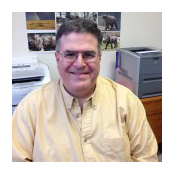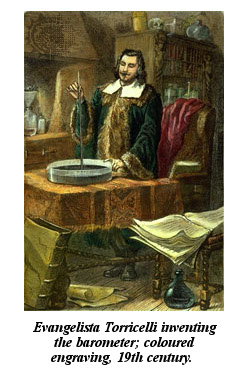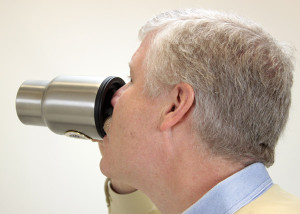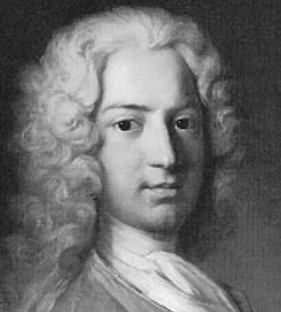
by Ted Beyer
Predicting the weather is an age-old guessing game.
Over time, more and more sophisticated devices have been developed to aid in the guessing game. Indeed, some of the largest computers in the world today are dedicated to modeling the weather using millions of data points collected all over the world—all in an effort to determine if going to the beach this weekend is a good idea, or if you should just stay home and binge watch Game of Thrones (again).
 After temperature, one of the earliest scientific observations about the weather is the variation in barometric pressure. Local changes in air pressure usually signal changes in the weather. Falling pressure generally indicates rain, snow or wind storms, and increasing pressure most often indicates nicer weather.
After temperature, one of the earliest scientific observations about the weather is the variation in barometric pressure. Local changes in air pressure usually signal changes in the weather. Falling pressure generally indicates rain, snow or wind storms, and increasing pressure most often indicates nicer weather.
One of the earliest gadgets used to try and track barometric pressure was the Weather Glass, also known as the Goethe Barometer [1]. Evangelista Toricelli [2] came up with the first truly accurate barometer—the classic, mercury-filled device—sometime around 1643-44. [Note: Educational Innovations has a mercury-free version of this Science classroom “must-have.”] Read the rest of this entry »



 Posted by Donna Giachetti
Posted by Donna Giachetti  by: Tami O’Connor
by: Tami O’Connor
 Look, Mom, No Wheels! Building a Hovercraft Science Project
Look, Mom, No Wheels! Building a Hovercraft Science Project As I rummaged through the office, I unearthed my supply of funnels, flex straws, and ping pong balls and decided that Daniel Bernoulli would be my guest of honor that day. When I started my lesson, I blew up a balloon and talked about air and its properties. Inviting comments, I discovered that they had some very interesting background knowledge, and most of it was correct…
As I rummaged through the office, I unearthed my supply of funnels, flex straws, and ping pong balls and decided that Daniel Bernoulli would be my guest of honor that day. When I started my lesson, I blew up a balloon and talked about air and its properties. Inviting comments, I discovered that they had some very interesting background knowledge, and most of it was correct…